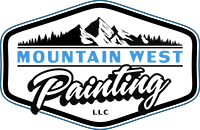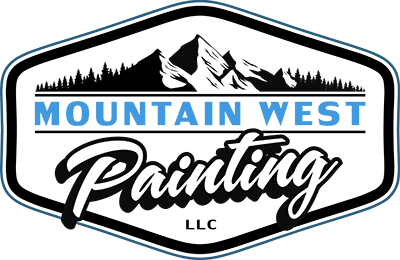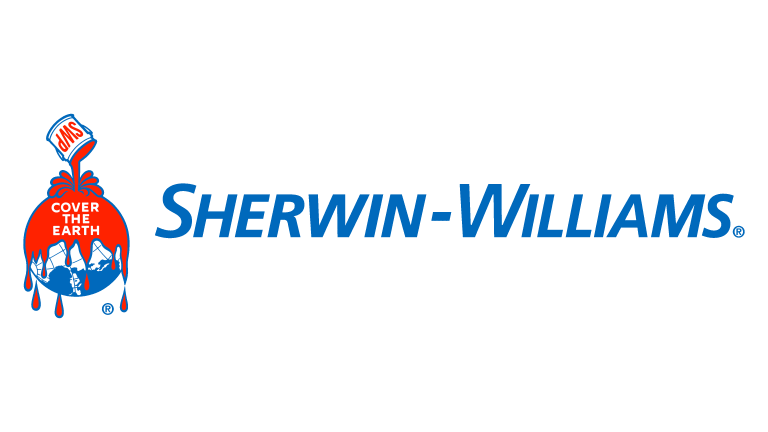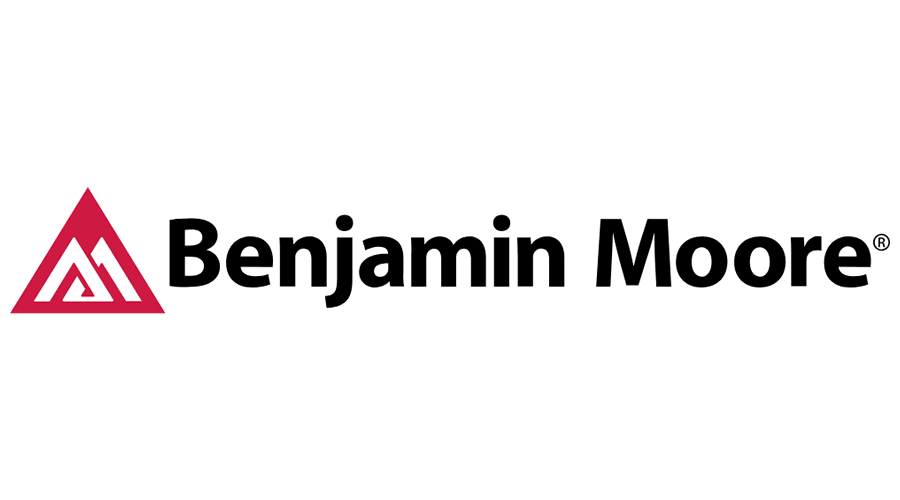Interior painting safety should always be the top priority. Keeping yourself and your surroundings secure during the interior house painting process not only enhances the outcome but also safeguards your well-being. Mountain West Painting, a highly recommended painter in Highlands Ranch, CO, will delve into ten essential tips that’ll help you maintain a safe painting environment.
The Importance of Interior Painting Safety
Before starting the project and being unmindful, you should first learn the significance of prioritizing interior painting safety.
How To Prioritize Interior Painting Safety
In this section, we will outline essential measures and best practices to help you prioritize safety throughout your painting project. By following these guidelines, you can create a secure environment for yourself, your team, and anyone residing in the home, ensuring a successful and accident-free painting experience.
Prep Your Workspace Adequately
Prepare the area you plan to paint by moving furniture away from the walls and covering everything with plastic sheets or drop cloths. This precaution prevents accidental spills and splatters, ensuring interior painting safety. Additionally, remove any tripping hazards from the area to avoid accidents during the painting process.
Use the Right Equipment
Select appropriate painting tools and equipment, including brushes, rollers, trays, and painter’s tape. High-quality tools not only produce better results but also contribute to interior painting safety by reducing the chance of accidents. Ensure all equipment is in good condition and functioning correctly before starting your project.
Ventilate the Area
Proper ventilation is crucial to maintain interior painting safety. Keep windows and doors open to allow fresh air in and fumes out. If necessary, use fans to aid in the ventilation process. When painting in confined spaces, consider using exhaust fans to maintain good airflow.
Wear Protective Gear
Prioritize your safety by wearing protective gear such as goggles, gloves, and a respiratory mask. These precautions shield you from harmful chemicals in the paint and potential accidents, ensuring interior painting safety. Additionally, wear appropriate clothing that covers your skin to minimize exposure to paint.
Follow Manufacturer’s Instructions
Read and follow the manufacturer’s instructions and safety guidelines printed on the paint cans. Adhering to these recommendations promotes interior painting safety and ensures a successful painting process. Pay special attention to recommended drying times and application techniques for a durable and attractive finish.
Beware of Ladders and Scaffolding
When working at heights, use sturdy ladders or scaffolding. Ensure they are on a flat, stable surface and always maintain a three-point contact with the ladder to prevent falls and injuries, ensuring interior painting safety. Inspect the equipment beforehand to ensure it’s in good condition and can support your weight safely.
Store and Dispose of Paint Properly
Store paint cans securely and out of the reach of children and pets. Follow guidelines for proper paint disposal to maintain a safe environment after completing your painting project. Store leftover paint in a cool, dry place for future touch-ups and ensure it’s sealed tightly to prevent spills and leaks.
Clean Up Thoroughly
Clean your tools and equipment promptly after painting to prevent the paint from hardening and becoming difficult to remove. Dispose of used materials responsibly to maintain interior painting safety and cleanliness. Wipe down surfaces and floors to remove any paint residue, ensuring a tidy and hazard-free environment.
Take Breaks and Stay Hydrated
Painting can be physically demanding, so remember to take regular breaks and stay hydrated. Overexertion can lead to accidents, so prioritize your well-being to ensure interior painting safety. Listen to your body and rest when needed to maintain focus and prevent fatigue-related mishaps.
Seek Professional Help When Needed
If a project seems too complex or unsafe, consider hiring a professional painting contractor. Professional painters have the expertise and experience to complete the job safely and efficiently, ensuring interior painting safety and a beautiful finished product. They also possess the necessary equipment and skills to handle challenging aspects of a painting project with expertise and safety in mind. Check out our last blog to understand how you can choose the best painting company for your home.
Safety Transformation From a Safe Team
In conclusion, interior house painting can breathe new life into your living space, but will keep this life running. Prioritizing interior painting safety makes the process worry-free and the results guilt-free. We’ve covered the top ten safety tips to guide you, but remember, it’s always a good idea to seek professional help when a project seems too complex or risky.
We understand that taking on an interior house painting project can be both exciting and a bit overwhelming. At Mountain West Painting in Highlands Ranch, CO, and nearby areas we not only prioritize your safety but also understand the importance of a seamless and worry-free painting experience. To alleviate any concerns and provide you with the best possible guidance, we offer a free estimate. Just dial (720) 500-6291 to schedule the consultation.




